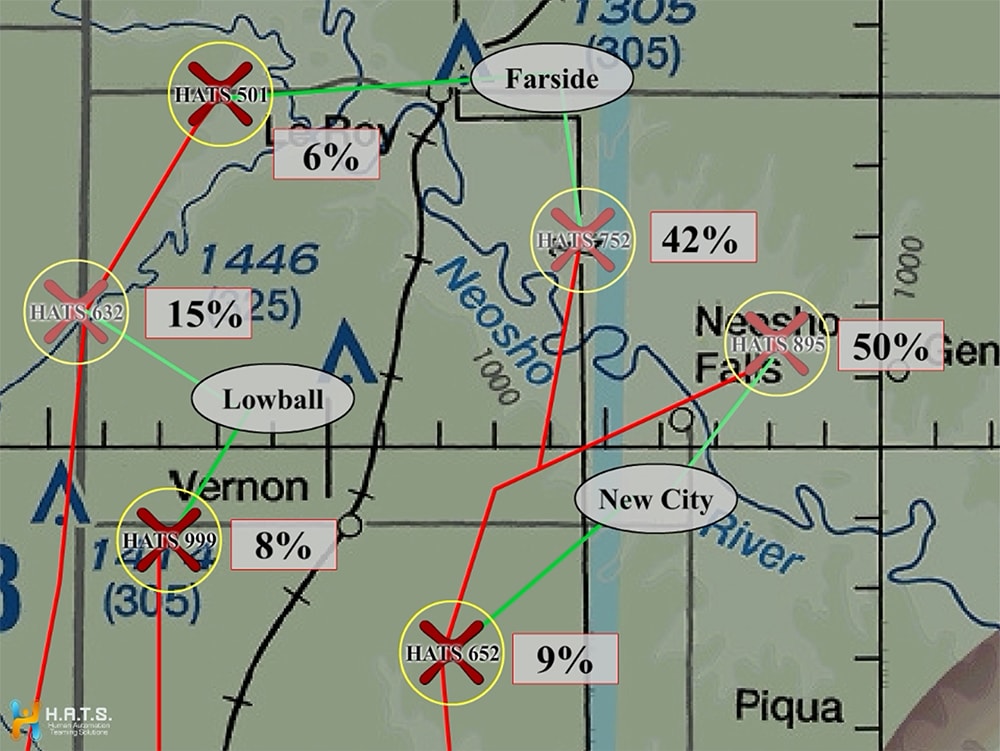M-HATT addresses a key barrier to widespread use of unmanned aircraft systems (UAS) operations in the national airspace system (NAS): the lack of tools that enable operators to team with automation to control multiple UAS with minimal human oversight. This, in turn, requires addressing several more basic issues: seamless sharing/trading of control as well as trust and transparency between humans and increasingly autonomous systems.

M-HATT development included four builds:
- A ground control station (GCS) that controls multiple UAS with basic interfaces and is applicable to unmanned traffic management (UTM) for package delivery and search & rescue
- Adding multi-model human-automation teaming interfaces and algorithms to be tested with NASA’s Live Virtual Constructive-Distributed Environment (LVC-DE) and STANAG 4586
- A framework for incorporating machine learning algorithms (MLA) into M-HATT
- Integration and testing with Shadow Mode Assessment with Realistic Technology in the national airspace systems (SMART-NAS).
